Mahdi Soltani
An Adaptable Deep Learning-Based Intrusion Detection System to Zero-Day Attacks
Aug 20, 2021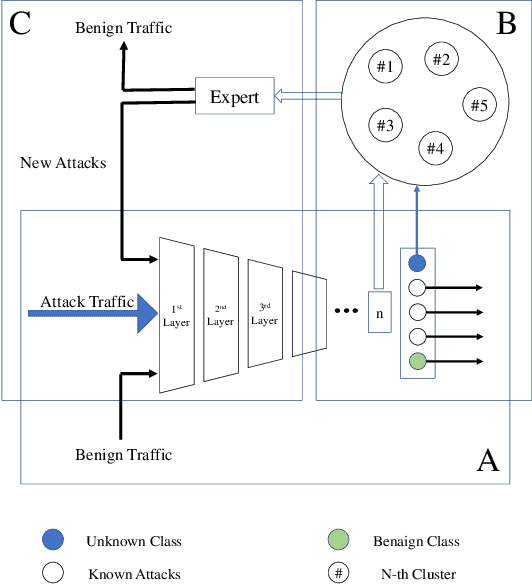
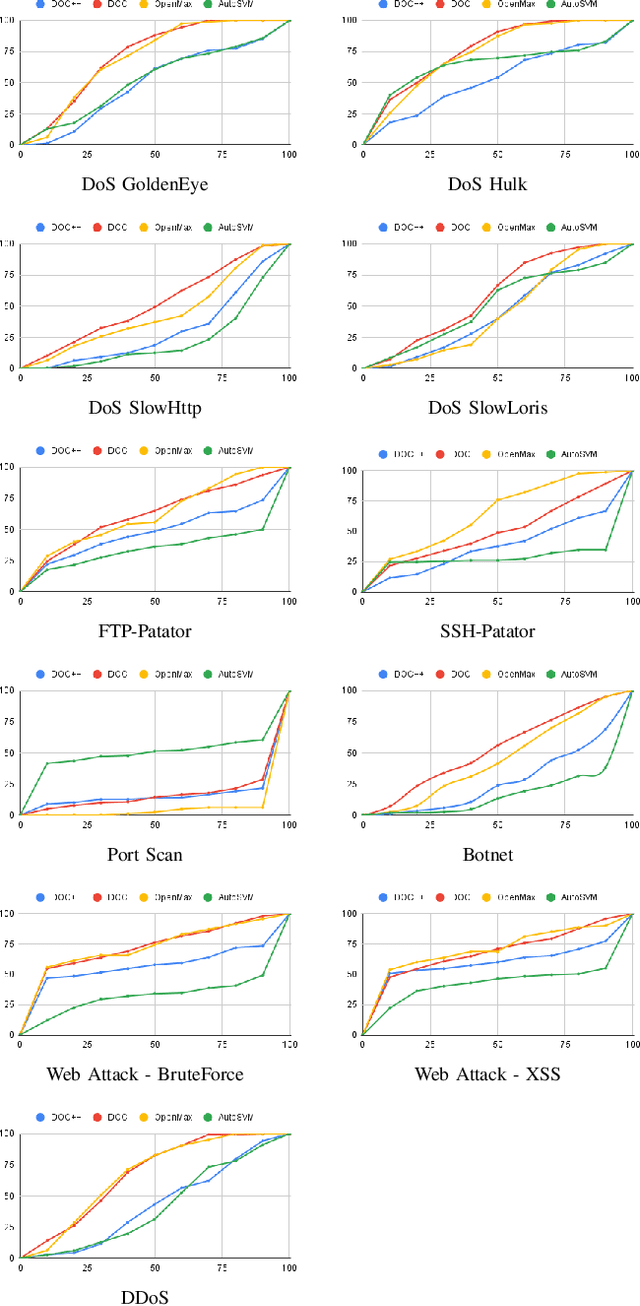
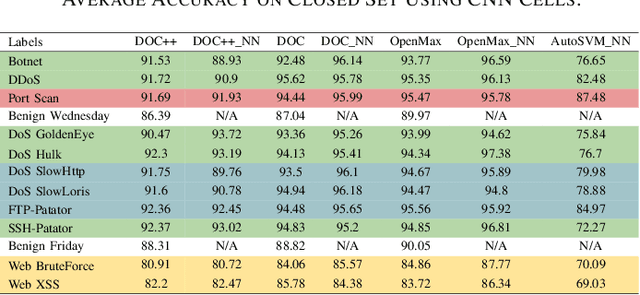
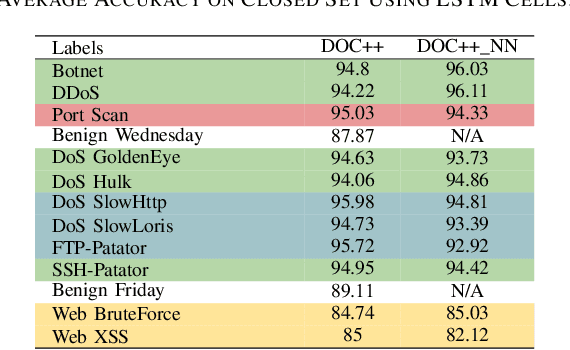
Abstract:The intrusion detection system (IDS) is an essential element of security monitoring in computer networks. An IDS distinguishes the malicious traffic from the benign one and determines the attack types targeting the assets of the organization. The main challenge of an IDS is facing new (i.e., zero-day) attacks and separating them from benign traffic and existing types of attacks. Along with the power of the deep learning-based IDSes in auto-extracting high-level features and its independence from the time-consuming and costly signature extraction process, the mentioned challenge still exists in this new generation of IDSes. In this paper, we propose a framework for deep learning-based IDSes addressing new attacks. This framework is the first approach using both deep novelty-based classifiers besides the traditional clustering based on the specialized layer of deep structures, in the security scope. Additionally, we introduce DOC++ as a newer version of DOC as a deep novelty-based classifier. We also employ the Deep Intrusion Detection (DID) framework for the preprocessing phase, which improves the ability of deep learning algorithms to detect content-based attacks. We compare four different algorithms (including DOC, DOC++, OpenMax, and AutoSVM) as the novelty classifier of the framework and use both the CIC-IDS2017 and CSE-CIC-IDS2018 datasets for the evaluation. Our results show that DOC++ is the best implementation of the open set recognition module. Besides, the completeness and homogeneity of the clustering and post-training phase prove that this model is good enough for the supervised labeling and updating phase.
A Content-Based Deep Intrusion Detection System
Jan 14, 2020
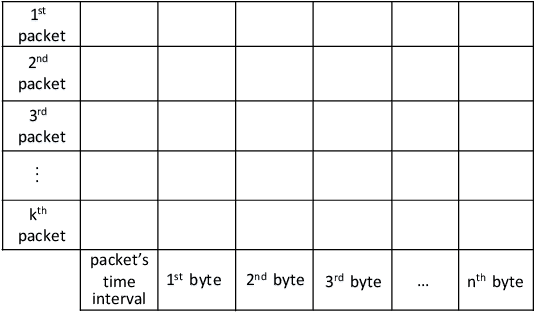
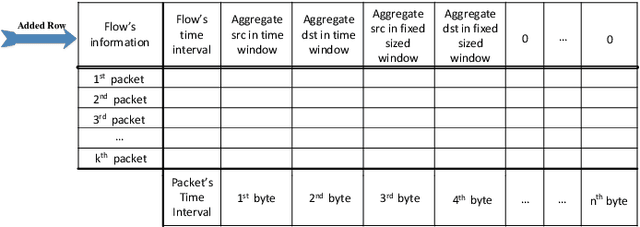
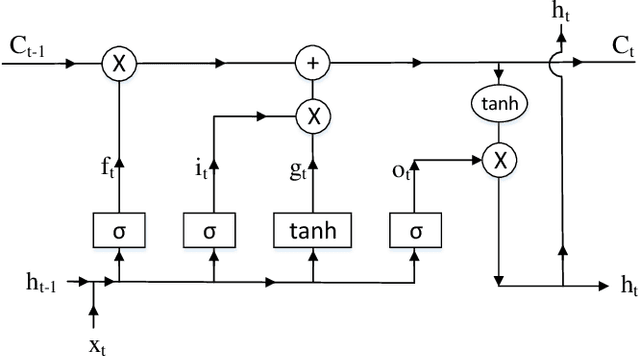
Abstract:By growing the number of Internet users and the prevalence of web applications, we have to deal with very complex software and applications in the network. This results in an increasing number of new vulnerabilities in the systems, which consequently leads to an increase in the cyber and, in particular, zero-day attacks. The cost of generating appropriate signatures for these attacks is a potential motive for using machine learning-based methodologies. Although there exist many studies on the use of learning-based methods for attack detection, they generally use extracted features and overlook raw contents. This approach can lessen the performance of detection systems against content-based attacks like SQL injection, Cross-site Scripting (XSS), and various viruses. As a new paradigm, in this work, we propose a scheme, called deep intrusion detection (DID) system that uses the pure content of traffic flows in addition to traffic metadata in the learning and detection phases. To this end, we employ deep learning techniques recently developed in the machine learning community. Due to the inherent nature of deep learning, it can process high dimensional data content and, accordingly, discover the sophisticated relations between the auto extracted features of the traffic. To evaluate the proposed DID system, we use the ISCX IDS 2017 dataset. The evaluation metrics, such as precision and recall, reach $0.992$ and $0.998$, respectively, which show the high performance of the proposed DID method.
 Add to Chrome
Add to Chrome Add to Firefox
Add to Firefox Add to Edge
Add to Edge